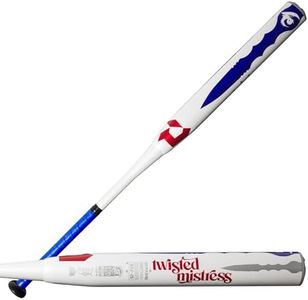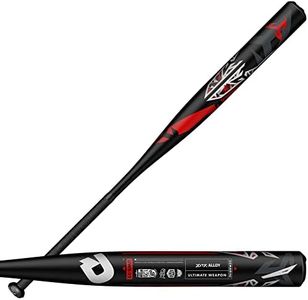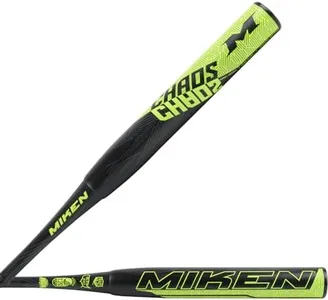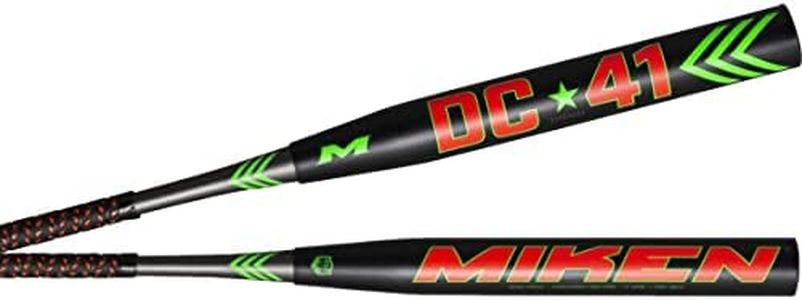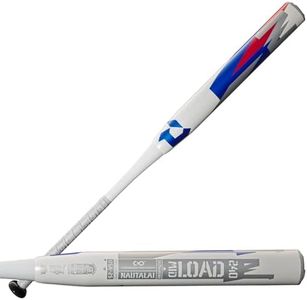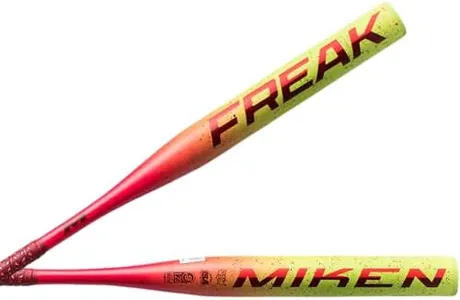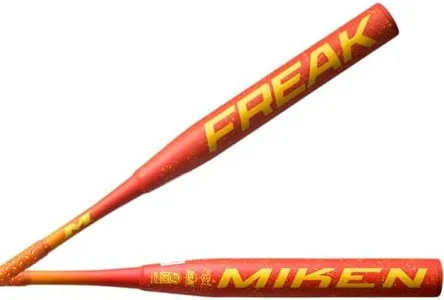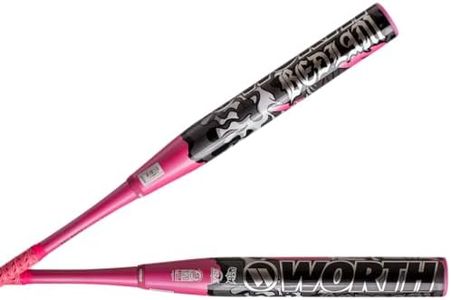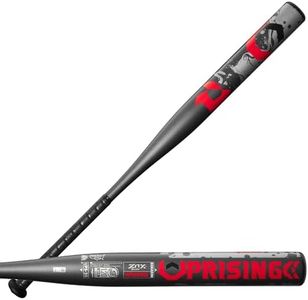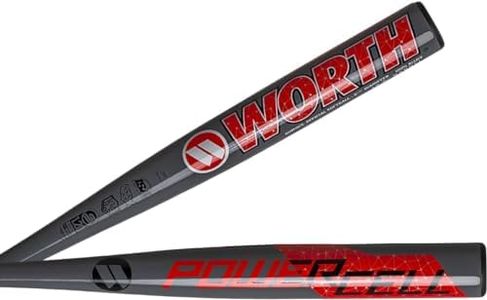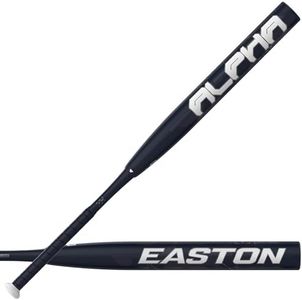We Use CookiesWe use cookies to enhance the security, performance,
functionality and for analytical and promotional activities. By continuing to browse this site you
are agreeing to our privacy policy
10 Best Slowpitch Bats
From leading brands and best sellers available on the web.By clicking on a link to a third party's website, log data is shared with that third party.
Buying Guide for the Best Slowpitch Bats
Choosing the right slowpitch softball bat is crucial for both your performance and comfort during the game. Rather than just picking the bat that’s the most popular or looks flashy, it’s better to understand the features that matter most for your style and needs. Whether you’re playing for fun in a local league or getting more competitive, picking a bat that matches your build, swing type, and league standards will help you feel more confident at the plate, make better contact with the ball, and possibly enjoy the game even more. Here’s what you need to think about when picking out a slowpitch bat.LengthBat length is the measurement from the knob to the end cap and is usually expressed in inches. In slowpitch softball, most bats are between 33 and 34 inches long. The length can impact your reach, swing control, and comfort. Longer bats may help you cover more of the plate but can be harder to swing quickly, while shorter bats give you more control and faster swing speed. If you’re taller or have long arms, you might prefer a longer bat, but most players will find a 34-inch bat is the standard starting point. Make sure the bat doesn’t feel unwieldy or too short when you’re in your batting stance.
WeightThe weight of a slowpitch bat is measured in ounces and can range from about 25 to 30 ounces. Heavier bats can generate more power but may be tougher to swing quickly, while lighter bats are easier to control and swing but might not produce as much force behind the hit. Think about your physical strength and hitting style. Power hitters often lean toward the heavier range to drive the ball farther, while contact hitters and those who prefer quick swings usually do better with a lighter bat.
Barrel DiameterMost slowpitch bats have a barrel diameter of 2 1/4 inches, which is the standard for leagues. The diameter affects the size of the sweet spot—the area on the bat best for hitting the ball. All legal bats are usually the same in this regard, so there’s not much to decide, but it’s worth double-checking that your league’s rules match the bat’s specifications before you buy.
MaterialSlowpitch bats can be made from aluminum, composite, or hybrid materials. Composite bats tend to offer better performance and a larger sweet spot, but they require a break-in period and can be less durable in very cold temperatures. Aluminum bats are ready to use right away, can be more durable, and deliver a different feel and sound. If you play in changing weather or want instant performance, aluminum may suit you. If you’re willing to spend time breaking in your bat and want maximum pop, consider a composite.
Balance (End Load vs. Balanced)Bats are labeled as either end-loaded or balanced, which describes how the weight is distributed. End-loaded bats have more weight towards the end of the barrel, making them feel heavier and potentially allowing stronger hitters to generate more power. Balanced bats have an even weight distribution, making them easier to swing and allowing for faster bat speed. If you’re a strong, experienced hitter and like the idea of more power, try an end-loaded bat. If you value control and consistent contact, or if you’re newer to the sport, a balanced bat is a safer choice.
CertificationDifferent softball leagues have specific rules about what bats are allowed. Certifications such as ASA, USSSA, NSA, or ISA are stamps on the bat that show it’s legal for play in those leagues. Using an uncertified bat may disqualify you or remove the bat from play. So, always check which certifying body your league follows and make sure your bat is approved for use.
GripThe bat’s grip affects how comfortable the bat feels in your hands and how well you control it. Grips can be thin or thick, tacky or smooth, cushioned or hard, and each can impact how confident you feel when swinging. If your hands sweat a lot, look for a tackier, more cushioned grip. If you prefer more feedback from each hit, a thinner, harder grip may be better. Pick what feels best in your hands since it can really influence your overall experience at the plate.
